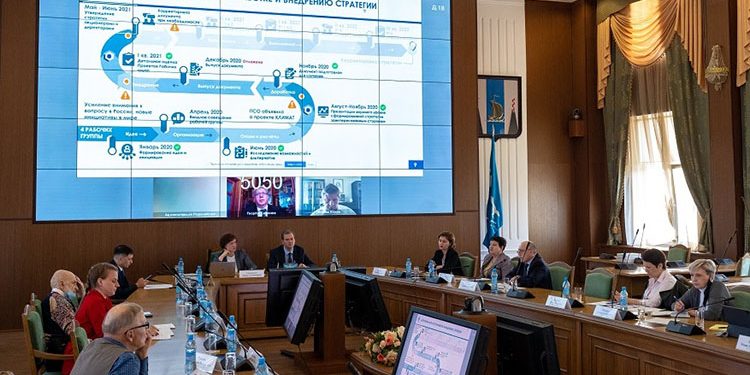Sakhalin Energy on Its Strategy to Reduce Its Carbon Footprint
In his opening speech, the Minister of Environment of the Sakhalin Oblast, Aleksander Matnenko, stated that the meeting is held as part of the Climate Week whose goal is to raise awareness and coordinate the efforts of the government, business and community to solve a number of environmental issues. He said that the Sakhalin Oblast is taking part in a national experiment designed to form a system of carbon pricing and carbon unit trade. In addition, the region is to reach carbon neutrality by 2025.
During the round table, experts from Moscow and Sakhalin talked about global warming, considered the issues related to the development of carbon markets around the world and in the Asia-Pacific, evaluated the prospects for low carbon development of the Sakhalin Oblast economy and discussed the implementation of the regional programme to convert motor vehicles to natural gas and the forest conservation project. The participants also took interest in the review of literature and information resources on climate change prepared by the Sakhalin Regional Universal Research Library.
The reports of the representatives of regional energy sector companies, which not only contribute the most to greenhouse gas emissions but are also trying to reduce their carbon footprint by implementing a system of various measures, received much attention from the audience.
A perfect example of such constructive and responsible approach is the activity of the Sakhalin-2 project operator. According to Andrey Samatov, Head of Sakhalin Energy Environmental Protection Division, the company remains one of the industry leaders in terms of reduction of greenhouse gas emissions, mainly due to the increased reliability and efficiency of the equipment used, optimisation of technological processes, gas flaring management, oil-associated gas utilisation, as well as leak control and prevention.
“But this is just the beginning. The company has also developed the “green LNG” strategy. To implement it, two working groups were formed and a roadmap was prepared covering both short- and long-term goals,” he added.
The strategy includes four key lines of work. The first involves environment‑based solutions including measures to increase greenhouse gas absorption, such as reforestation and planting of new forests. The next is the work to raise the efficiency of production processes involved in the reduction of specific emissions. The third block encompasses commercial activities related to carbon‑neutral LNG supply. The fourth is progressive solutions to create an “energy cocktail” based on alternative technologies that drastically reduce greenhouse gas emissions. These may involve the use of renewable energy sources, hydrogen, and conversion of sea and land transport to liquefied natural gas.
As Andrey Samatov pointed out, the company supports initiatives to create voluntary carbon markets (carbon credits), climate‑related projects and the use of alternative energy sources in the Sakhalin Oblast and all over Russia, and aims to synchronise its efforts with the authorities to achieve the fastest and strongest effect from their implementation.











